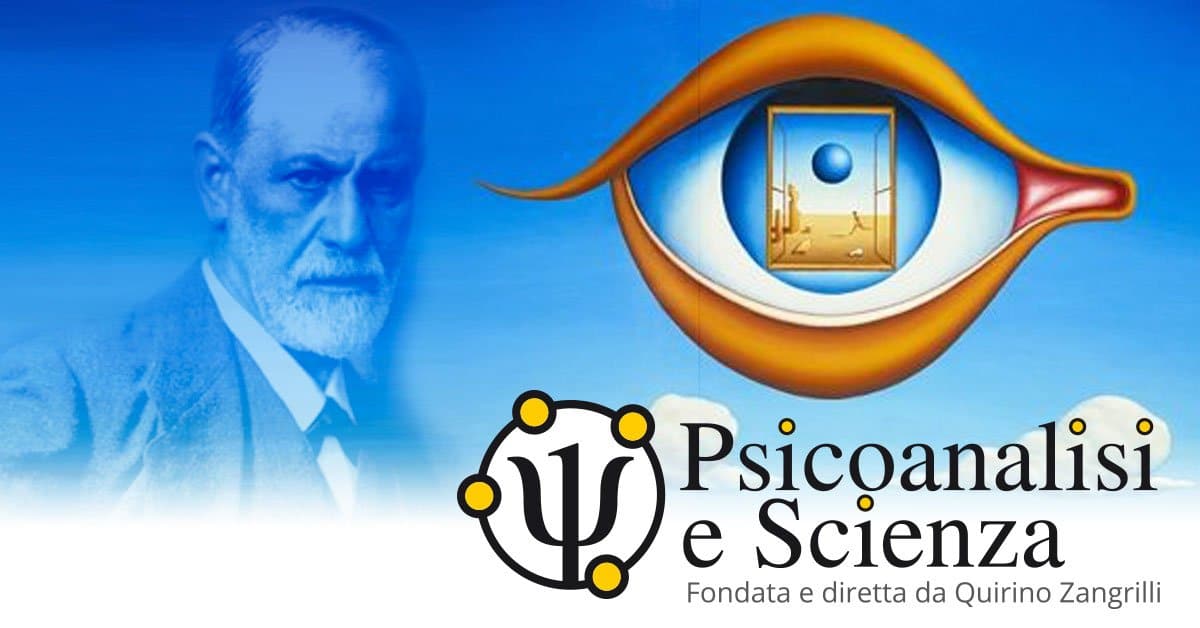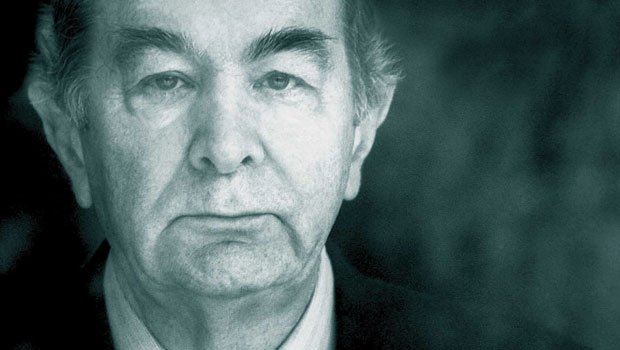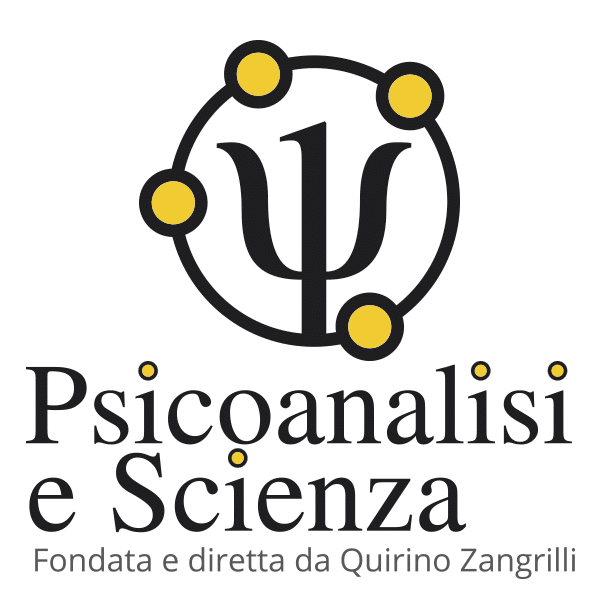The drive for mastery is one of the least defined in psychoanalysis. As we can read in the Laplanche-Pontalis manual it is a “term occasionally used by Freud in a way that cannot be coded with precision”. 1
Freud, in several works (Three Essays on the Theory of Sexuality, 1905 – The Disposition to the Obsessional Neurosis, 1913 – Instincts and Their Vicissitudes, 1915) seems to intend with this term a non-sexual drive, which only in a second moment joins itself to the sexuality and which has, as the ultimate aim, the domination of the object by force. To gain an idea of what we are talking about we can to refer to those games, frequently used in infancy, in which the child dominates with force small animals (ants, worms, lizards, kittens, butterflies, etc.) impeding their movement and subduing them to his own will. The child enjoys having total control of the object, which is reduced to a mere thing, at his mercy.
This specific drive can take different directions: it can bind to the sexuality, colouring its activity (sadism); it can encounter processes of sublimation (combating sports); it can weaken itself up to leaving only the vestigiality or even fix itself in a strong way and imprint the sexual-aggressiveness and the character of the person.
 I believe that, in this last case, in the female sex, when the pleasure of dominating the object becomes exclusive, such a situation plays a decisive role, not yet well known in frigidity. I’m not talking about the complete frigidity, which, as it is known, implies a total sexual anaesthesia, absence of sexual interest, vaginism, with or without dyspareunia (the women who suffer from these symptoms usually tolerate a sexual rapport only if they are forced by their partners) but to the so-called relative frigidity. In the latter case we have vaginal hypo-aesthesia with erogenous sensitiveness limited to the clitoris zone; sudden and brusque interruption of the sexual excitement immediately before the orgasm, even if the sexual rapport does not seem unpleasant.
I believe that, in this last case, in the female sex, when the pleasure of dominating the object becomes exclusive, such a situation plays a decisive role, not yet well known in frigidity. I’m not talking about the complete frigidity, which, as it is known, implies a total sexual anaesthesia, absence of sexual interest, vaginism, with or without dyspareunia (the women who suffer from these symptoms usually tolerate a sexual rapport only if they are forced by their partners) but to the so-called relative frigidity. In the latter case we have vaginal hypo-aesthesia with erogenous sensitiveness limited to the clitoris zone; sudden and brusque interruption of the sexual excitement immediately before the orgasm, even if the sexual rapport does not seem unpleasant.
The women who present this type of anorgasmic frigidity seem to be insatiable in their sexual needs and if they overcome their superegoic inhibitions, they can pass from one partner to another with the hope, alas in vain! that a new experience will bring the longed for orgasm. In rare cases the vaginal orgasm is reached exclusively in relation to determinate fantasies that assume the aspects of the compulsion, of rape, beating or violence.
In “The Disposition to the Obsessional Neurosis” (1913) Freud speaks about the drive for mastery related to the dual relation activity-passivity. He affirms that, while the passivity is often sustained by anal erotism, “… the activity is due to the drive for mastery in general, the drive which we specify with the name of ‘sadism’ when we find it at the service of the sexual drive”. Freud, in the “Three Essays on the Theory of Sexuality” indicates the musculature as the support of the drive for mastery and in fact, I have personally verified, in many women who presented relative frigidity, a marked inclination towards sporting activities, which become eroticized and finalized to the discharge, even if partial, of the sexual-aggressive accumulation. The drive for mastery in the child does not have the original aim of the sufferance towards others (as, on the other hand, occurs in sadism); it simply does not consider it (we find ourselves in a phase prior to pity, prior to the necessary and preliminary sense of guilt and prior to sadism).
The child simply draws pleasure from the perception of the domination of the object (pleasure through narcissistic safeguard) and from phantasies of annihilation of it (reduction to an unanimated thing).
I hypothesize that an important fixation to these modalities of drive satisfaction can determine an impossibility of passive relaxation, due to maintaining the activity and the attention of the domination, ‘conditio sine qua non’ (condition without which) it’s impossible to reach the orgasm.
I assume that it goes without saying for the other important notions linked to the genesis of the frigidity (incestuous connotation of the sexual act, homosexual latent drives, urging sexual-aggressive blend). In this article, I would like to refer to what I define as “Circe’s syndrome”, so frequent in a certain psychological type of contemporary woman.
Circe, daughter of Helios and Perse, a witch gifted with extraordinary powers, gained pleasure from attracting human beings with her beauty, who she then transformed into animals subjugated by her will.
I have followed several women in psychoanalysis, who I can refer to this psychological type and all of them complained of a substantial impossibility of reaching orgasm. They predominantly enjoyed clitoral stimulation, often in a dominant position toward the male, gained through friction but without reaching the final orgasm.
Attractive women, persuasive like mermaids, quick of the mark and physically toned, as is fashionable nowadays.
In each case, the psychoanalysis has brought to light an incessant phantasmatic activity of domination of the male. The central phantasy consisted in obscuring the partner’s will with their own beauty and their erotic capabilities, with the aim of “making him crazy with desire to the point of losing his mind”, and reduce him to an animal in their own hands. Women in perennial activity without the possibility of feeling the passiveness necessary for relaxing, the prerequisite for abandoning themselves to the unknown plunge of pleasure, where every form of control is annulled.
Written by: Quirino Zangrilli © Copyright
Translated by Linda De Nardo
Note:
1 Laplanche-Pontalis, Enciclopedia della psicoanalisi, Laterza,1968.
Nel 2024 riceve il Premio Accademico d’Onore della Accademia Culturale Internazionale Cartagine 2.0.
Nel 2024 docente ad Almaty – Kazakhstan presso il workshop di psicoanalisi sul tema della violenza, promosso dall’Università di psicoanalisi di Mosca in collaborazione con l’Istituto svizzero di micropsicoanalisi.
Doctor Quirino Zangrilli was born in Fiuggi in 1955. Graduated with honours in Medicine and Surgery in 1980, he practices Psychoanalysis, with intensive method, since 1982. He is author of 72 scientific pubblications. He has attended as speaker or president of session to many national and international scientific Conventions. His book “La vita:involucro vuoto” (Life: empty involucre), published by Borla in 1993, has been in use by the Chair of Dynamic Psychology at Turin’s University since 1994. He is the author and founder of the multimedia review “Psicoanalisi e Scienza” (Psychoanalysis and Science), the most read Italian on line review of psychoanalysis. In 2012 he participated as a Speaker at the Scientific Festival of BergamoScienza. In 2013 he illustrated his research on the maternal-fetal interaction in the Special Session of the XI World Congress of Perinatal Medicine in Moscow with his relation “Intrauterine Imprinting”. He is visiting teacher at Moscow Institute of psychoanalysis and training psychoanalist of Swiss Institute of Micropsychoanalysis.
In 2024 he is a teacher in Almaty – Kazakhstan at the psychoanalysis workshop on the topic of violence, promoted by the Moscow University of Psychoanalysis in collaboration with the Swiss Institute of Micropsychoanalysis.
In 2024 he received the Honorary Academic Award of the Carthage 2.0 International Cultural Academy
Le Le Docteur Quirino Zangrilli est né à Fiuggi en 1955. Diplômé avec mention en Médecine et Chirurgie en 1980, il pratique la psychanalyse depuis 1982, en utilisant une technique intensive. Il est l’auteur de 72 livres et publications scientifiques. Il a participé en tant que conférencier ou président de session à de nombreuses conférences scientifiques nationales et internationales. Son livre “La vie : enveloppe vide”, publié par Borla en 1993, est adopté depuis 1994 par la Chaire de Psychologie Dynamique de l’Université de Turin. En 1994, il a reçu le “Prix national Ciociaria de médecine”. Il a conçu et fondé le magazine multimédia “Psicoanalisi e Scienza”, qui est le magazine de psychanalyse en ligne en italien le plus suivi au monde. (Source : Entireweb, Alexa, Google, Virgilio, Arianna., etc.). En 2012, il a participé en tant que conférencier à la colloque scientifique de BergamoScienza. En 2013, il a exposé ses études sur l’interaction materno-fœtale lors de la session spéciale du XIe Congrès mondial de médecine périnatale à Moscou avec le rapport “Intrauterine Imprinting”. Il est chargé d’enseignement au cours de spécialisation de trois ans en psychanalyse, psychothérapie psychanalytique et consultation psychanalytique à l’Université de Moscou. Il est membre didacticien de l’Institut Suisse de Micropsychanalyse et de la Commission pour la Pratique de celui-ci.
En 2024, il enseigne à Almaty – Kazakhstan à l’atelier de psychanalyse sur le thème de la violence, promu par l’Université de Psychanalyse de Moscou en collaboration avec l’Institut Suisse de Micropsychanalyse.
En 2024, il reçoit le Prix Académique Honoraire de l’Académie Culturelle Internationale Carthage 2.0.
В 2024 году является преподавателем в Алматы – Казахстан на семинаре по психоанализу на тему насилия, проводимом Московским университетом психоанализа в сотрудничестве со Швейцарским институтом микропсихоанализа.
В 2024 был награжден Почетной академической премией Академии Международной Культуры «Карфаген 2.0».













